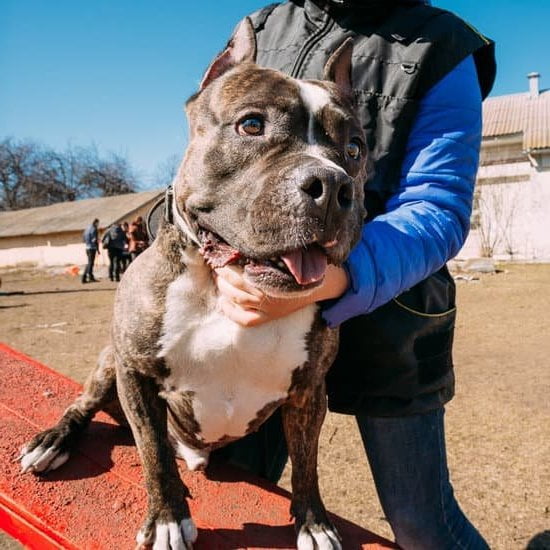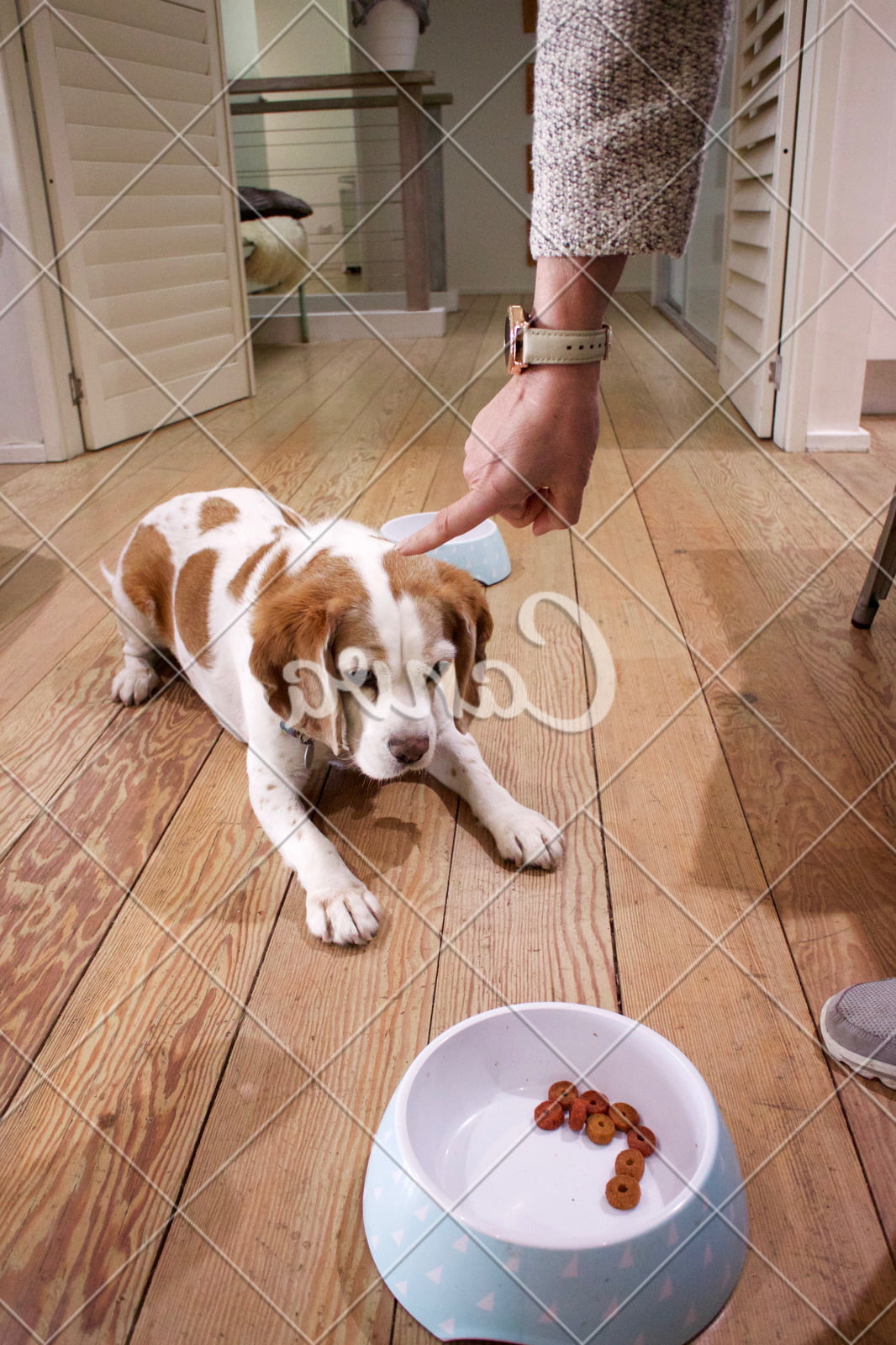Are you looking for the best training treats for dogs to help with your furry friend’s behavior? Whether you’re teaching your pup new tricks or working on behavior modification, using the right treats can make all the difference in their progress. When it comes to training, positive reinforcement is key, and a tasty treat can be just the motivation your dog needs to learn and succeed.
Training treats for dogs are an essential tool in teaching obedience and reinforcing good behavior. They provide a way to positively reward your pup for following commands, which can lead to more effective and enjoyable training sessions. In this article, we will explore the various types of training treats available, how to choose the best ones for your dog, homemade treat recipes, and important dos and don’ts when using treats as rewards.
In addition to discussing the importance of training treats, we will also delve into specific breeds’ unique needs when it comes to rewards and behavior modification. Furthermore, we’ll address the differences between using training treats for puppies versus adult dogs, as their nutritional requirements and taste preferences vary. Whether you’re a seasoned pet parent or a new dog owner, understanding the significance of utilizing appropriate training treats is crucial for successful behavioral development in pets.
Types of Training Treats for Dogs
When it comes to training treats for dogs, there are a variety of options to choose from. It’s important to consider the size, texture, and taste of the treat when selecting the right one for your furry friend. Here are some popular types of training treats for dogs:
Commercial Training Treats
Commercial training treats are widely available and come in various flavors, sizes, and textures. These treats are specifically designed to be used as rewards during training sessions. They are convenient and often come in resealable packaging to keep them fresh.
Freeze-Dried Training Treats
Freeze-dried training treats are made by removing moisture from the ingredients while preserving nutrients and flavor. These treats are lightweight, making them easy to carry during walks or training sessions. They come in different flavors such as chicken, beef, and fish, making them a popular choice among dog owners.
Soft Training Treats
Soft training treats are ideal for puppies or older dogs with dental issues. These treats are easy to chew and digest, making them a great option for rewarding good behavior during obedience training or agility exercises.
By considering the preferences and needs of your dog, you can choose the most suitable type of training treat for successful training sessions. Whether you opt for commercial treats, freeze-dried options, or soft snacks, the key is to find a treat that motivates your dog and keeps them engaged during training.
How to Choose the Best Training Treats for Your Dog
When it comes to choosing the best training treats for your dog, there are a few important factors to consider. The right training treat can make all the difference in successful training sessions with your furry friend. Here are some tips on how to choose the best training treats for your dog.
Quality Ingredients
One of the most important things to consider when choosing training treats for your dog is the quality of the ingredients. Look for treats that contain high-quality, natural ingredients with no artificial additives or fillers. Avoid treats with excessive amounts of sugar or salt, as these can be unhealthy for your dog.
Size and Texture
The size and texture of the training treat are also important. Choose small, bite-sized treats that are easy for your dog to eat quickly, especially during fast-paced training sessions. Also, consider the texture of the treat – some dogs prefer soft, chewy treats while others may prefer crunchy ones. It’s a good idea to try out a few different options to see what your dog responds to best.
Nutritional Value
Consider the nutritional value of the training treats you choose. While it’s okay for training treats to be higher in calories than regular meals since they are used in small quantities during training, you still want them to provide some nutritional benefits. Look for treats that are high in protein and low in unhealthy fats and empty calories.
By considering these factors when choosing training treats for your dog, you can ensure that you’re providing them with high-quality, appealing rewards that will motivate them during their training sessions. Whether you opt for store-bought options or decide to make homemade recipes, finding the right training treat is an essential part of successful canine training.
Homemade Training Treat Recipes for Dogs
Training your dog can be a rewarding experience for both you and your furry friend. Using training treats for dogs can make the process more enjoyable and effective. While store-bought training treats are readily available, making homemade training treats for dogs is also an option that many pet owners prefer.
There are several benefits to making your own training treats for dogs. First, you have control over the ingredients, ensuring that your dog is getting a healthy and nutritious reward during training sessions. Second, homemade treats can be tailored to your dog’s specific taste preferences and dietary needs. Finally, making your own training treats allows you to save money in the long run compared to purchasing pre-made options.
When it comes to choosing ingredients for homemade training treats, it’s important to consider what is safe and beneficial for dogs. Common ingredients used in homemade training treats include peanut butter, pumpkin puree, oats, eggs, and lean meats such as chicken or turkey. By incorporating these ingredients into simple recipes like no-bake peanut butter oat balls or pumpkin and chicken biscuits, you can create tasty and healthy training treats that your dog will love.
In addition to being cost-effective and customizable, homemade training treats for dogs can also provide peace of mind for pet owners who may have concerns about the quality of commercially available products. By investing a little time into creating these DIY snacks, you can ensure that your dog’s rewards are free from unnecessary additives or fillers that may be found in some store-bought options.
| Benefits of Homemade Training Treats | Ingredients Used |
|---|---|
| Control over the ingredients | Peanut butter |
| Tailored to dog’s taste preferences | Pumpkin puree |
| Cost-effective | Oats |
| Peace of mind about product quality | Eggs & lean meats (chicken or turkey) |
Training Treats Dos and Don’ts
When using training treats for dogs, it’s important to keep in mind a few dos and don’ts to ensure that your pet benefits from the positive reinforcement without any negative side effects. One of the key dos is to use small, soft, and easily consumable treats.
This makes it easier for your dog to quickly eat the treat and refocus on the training. Additionally, using a variety of treats can help maintain your dog’s interest and enthusiasm during training sessions.
Another important do is to use high-quality treats that are both healthy and appealing to your dog. Look for options that are made with natural ingredients, without any added fillers or artificial preservatives. This not only ensures that you’re rewarding your dog with something nutritious, but also reduces the risk of potential allergies or digestive issues.
On the flip side, there are a few don’ts when it comes to using training treats for dogs. Avoid using treats that are too large or crunchy, as they can be difficult for your dog to consume quickly.
Similarly, steer clear of feeding your dog too many treats in one session, as this can lead to overfeeding and weight gain. It’s also important not to rely solely on treats for obedience training – while they are a useful tool, incorporating praise and affection into your training sessions is crucial for building a strong bond with your pet.
| Training Treats Dos | Training Treats Don’ts |
|---|---|
| Use small, soft, and easily consumable treats | Avoid using too large or crunchy treats |
| Use high-quality treats made with natural ingredients | Avoid feeding too many treats in one session |
| Use a variety of different types of treats | Avoid relying solely on treats for obedience training |
Training Treats for Specific Dog Breeds
When it comes to training treats for dogs, it’s important to consider the specific needs and preferences of different dog breeds. Not all breeds respond the same way to the same type of treat, so it’s essential to tailor your training approach to your dog’s individual characteristics. Here are some guidelines for choosing the right training treats for specific dog breeds:
1. Small Breeds: For small breeds such as Chihuahuas, Pomeranians, and Maltese, it’s best to choose small, bite-sized training treats that are easy for them to eat quickly. Soft treats or cut-up pieces of dry treats work well for these tiny pups.
2. Large Breeds: Larger breeds like Labrador Retrievers, German Shepherds, and Golden Retrievers may prefer larger training treats that they can sink their teeth into. Harder or crunchier treats may be more satisfying for these dogs, and can also help keep their teeth clean.
3. Sensitive Breeds: Some breeds, such as Shih Tzus, Bulldogs, and Boxers, have sensitive stomachs or allergies to certain ingredients. It’s crucial to select hypoallergenic or limited ingredient training treats that won’t upset their digestive systems.
Ultimately, understanding the unique characteristics of your dog’s breed can help you choose the most suitable training treats. Drawing on this knowledge will not only make training sessions more effective but will also create a positive experience for both you and your furry companion.
Remember that each dog is an individual with its own tastes and preferences. Pay attention to how your dog responds during training sessions and adjust the type of treat used accordingly. By considering your dog’s breed-specific traits and tendencies when selecting training treats, you can set yourself up for successful training sessions centered around positive reinforcement with delicious rewards.
Using Training Treats for Behavior Modification
Training your dog often involves more than just teaching them basic commands. Sometimes, you may need to modify their behavior, whether it’s to address anxiety, aggression, or compulsive behaviors. In these cases, using training treats for behavior modification can be a helpful tool to reinforce positive behavior and redirect negative habits.
When it comes to behavior modification, it’s important to choose the right type of training treat for your dog. Look for treats that are not only tasty but also have a calming effect. Treats with ingredients like chamomile, lavender, or CBD can help reduce anxiety and promote relaxation in dogs. Additionally, treats with natural ingredients and limited additives are ideal for behavior modification as they won’t trigger any sensitivities or allergies in your dog.
To effectively use training treats for behavior modification, it’s essential to pair them with positive reinforcement techniques. This means rewarding your dog with a treat when they exhibit the desired behavior and withholding the treat when they engage in undesirable behavior. Consistency is key when using training treats for behavior modification, so make sure to always have treats on hand and be ready to reward your dog immediately when they display the correct behavior.
Using training treats for behavior modification can be especially beneficial for specific breeds that are prone to certain behavioral issues such as separation anxiety or aggression. By choosing the right type of treat and implementing positive reinforcement techniques, you can help your dog overcome these challenges and cultivate better behaviors overall.
Remember that patience and understanding are essential when modifying your dog’s behavior, and using training treats can make the process more effective and rewarding for both you and your furry friend.
- Look for calming ingredients like chamomile or CBD
- Pair treats with positive reinforcement techniques
- Be consistent in rewarding desired behaviors
Training Treats for Puppies vs Adult Dogs
In conclusion, training treats for dogs play a crucial role in effectively teaching and reinforcing positive behaviors in our furry friends. Whether you are working with a new puppy or an adult dog, having the right training treats can make a significant difference in the training process. The importance of using high-quality, tasty treats cannot be overstated as they serve as motivation and encouragement for dogs to learn and follow commands.
When it comes to choosing the best training treats for your dog, it’s essential to consider their individual needs and preferences. Some dogs may be motivated by soft, chewy treats, while others may prefer crunchy options.
It is also important to take into account any dietary restrictions or allergies that your dog may have when selecting treats. By understanding the types of training treats available and considering your dog’s specific needs, you can ensure that you are providing the most effective rewards for successful training sessions.
Whether you opt for store-bought training treats or decide to make homemade recipes, it’s crucial to keep in mind the dos and don’ts of using these rewards during training sessions. Finding the right balance between portion sizes, frequency of treat-giving, and incorporating praise and petting alongside treats will help maintain a healthy, well-rounded approach to using training treats for dogs.
In doing so, you can establish trust with your pet and create a positive learning experience that strengthens your bond with them.

Welcome to the blog! I am a professional dog trainer and have been working with dogs for many years. In this blog, I will be discussing various topics related to dog training, including tips, tricks, and advice. I hope you find this information helpful and informative. Thanks for reading!





